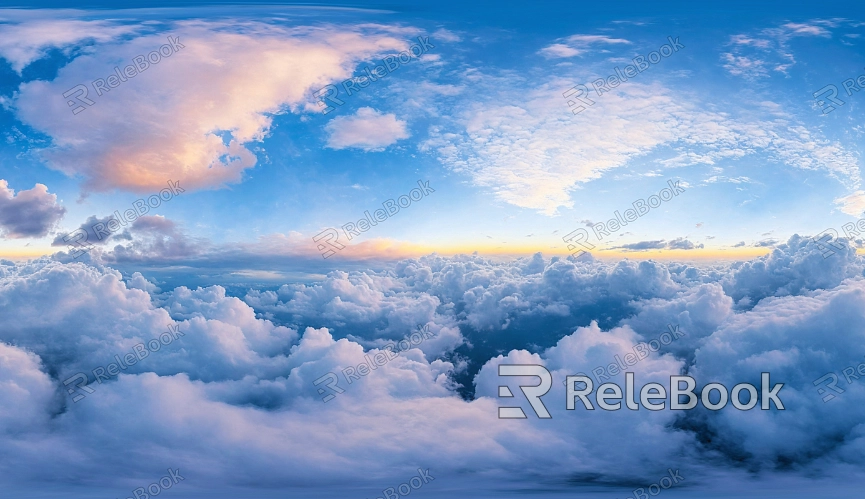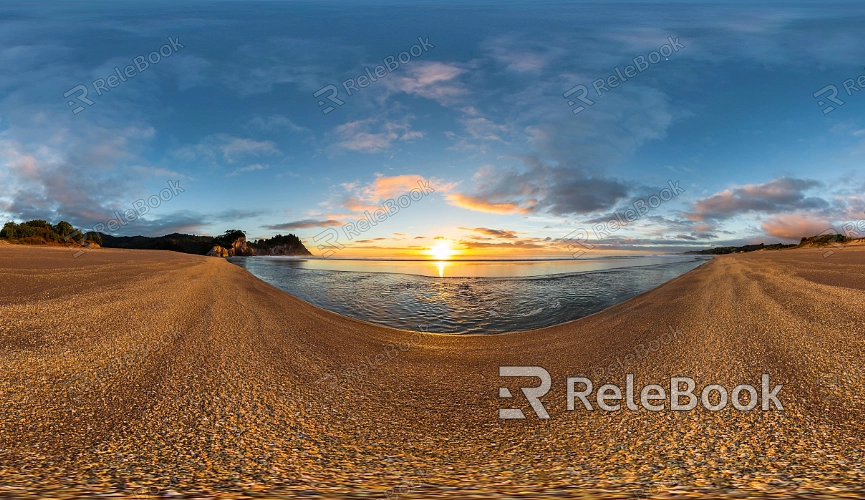What is the difference between sky HDR textures and regular sky textures?
Sky textures are essential for creating realistic scenes, widely used by designers in architectural visualization, game design, and visual effects. However, many still question the differences between sky HDR textures and standard sky textures. Let’s delve into these distinctions and explore how to use them effectively.

Definition and Composition
Sky HDR Textures: High Dynamic Range (HDR) textures capture images under varying lighting conditions, recording more light information.
Regular Sky Textures: Typically standard image files with a limited brightness range, they can't convey high dynamic lighting effects.
Lighting Accuracy
HDR Textures: Offer more accurate lighting effects, especially in complex scenes, better reflecting the intensity and direction of light sources.
Regular Textures: Limited brightness ranges may lead to less realistic lighting, lacking detail and depth.
Color and Detail Representation
HDR Textures: Generally include richer colors and details, enhancing depth and realism, especially in high-contrast scenes.
Regular Textures: May fall short in color and detail, failing to deliver the same visual impact.
Dynamic Range Application
HDR Textures: Maintain detail under extreme lighting conditions (e.g., bright sunlight or dim environments).
Regular Textures: Can exhibit overexposure or detail loss when lighting changes, limiting usage scenarios.

Rendering Speed and Efficiency
HDR Textures: While potentially increasing render times, their realism and detail often justify the extra effort.
Regular Textures: Render faster but may require more post-processing to correct lighting and color issues.
Scene Application Choices
HDR Textures: Ideal for high-realism scenarios, such as architectural presentations and premium game design.
Regular Textures: Suitable for simpler scenes or rapid prototyping, saving time and resources.
Post-Processing Needs
HDR Textures: Typically require less post-processing due to their richer and more accurate raw data.
Regular Textures: Often need more adjustments in post to enhance overall visual quality.
Market and Resource Availability
HDR Textures: Though less abundant, high-quality HDR textures can be found on professional sites and libraries.
Regular Textures: Easier to find, with many free resources available, but quality varies.
Creative Flexibility
HDR Textures: Allow designers greater flexibility in adjusting lighting and reflection effects, creating diverse visuals.
Regular Textures: May impose limitations on adjustments, affecting creative freedom.
In conclusion, the differences between sky HDR textures and regular sky textures significantly impact rendering realism, workflow, and final outcomes. Understanding these distinctions helps designers make informed choices, ultimately enhancing the quality of their work. If you're looking for high-quality HDR image resources, 3D textures, or models, Relebook offers a wealth of options to elevate your projects visually.

